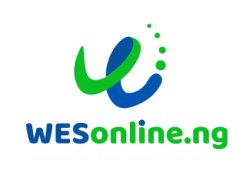Did you know? On average, recruiters spend just six seconds scanning a resume before deciding if a candidate moves forward. That means your resume needs to make an impact—fast! Think of your perfect resume as your personal marketing pitch, designed to grab attention and show why you’re the right fit for the job.
But where do you start? First, choosing the right format is key (we’ve covered this in detail here). Once you’ve nailed that, follow these seven simple steps to craft a resume that gets results.
1. Include Contact Information In Your Perfect Resume!
Sounds obvious, right? But you’d be surprised how many people forget the basics! Your full name, phone number, and a professional email should be front and center. If relevant, add your LinkedIn profile or a personal website to showcase your work. Just double-check for typos—because a wrong digit in your phone number could mean a missed opportunity.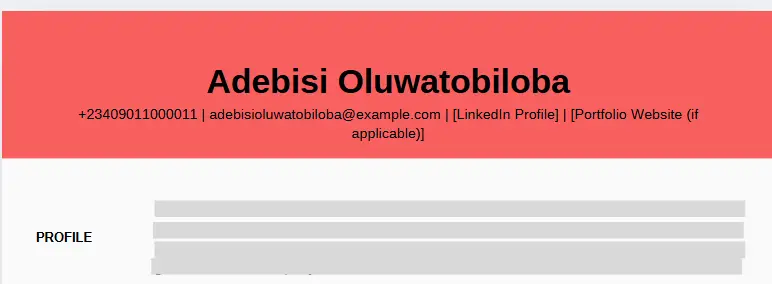
2. Educational Background Is Necessary In Crafting The Perfect Resume
List your highest degree first, followed by the institution name and graduation year. If you’re a recent graduate, you can include relevant coursework, projects, or honors to show your strengths. But if you have work experience, keep this section short and sweet.
3. Showcase Your Professional History
This is the meat of your resume. List your work experience in reverse chronological order (most recent job first). For each role, include:
- Your job title
- Company name and location
- Dates of employment
- Key achievements (use bullet points!)
Pro tips
1. If you are a creative, feel free to include links to past works you have done.
2. Don’t just list duties—highlight results using action verbs. Instead of “Managed social media accounts,” say “Increased engagement by 40% through targeted social media strategies.” Numbers help your achievements stand out! 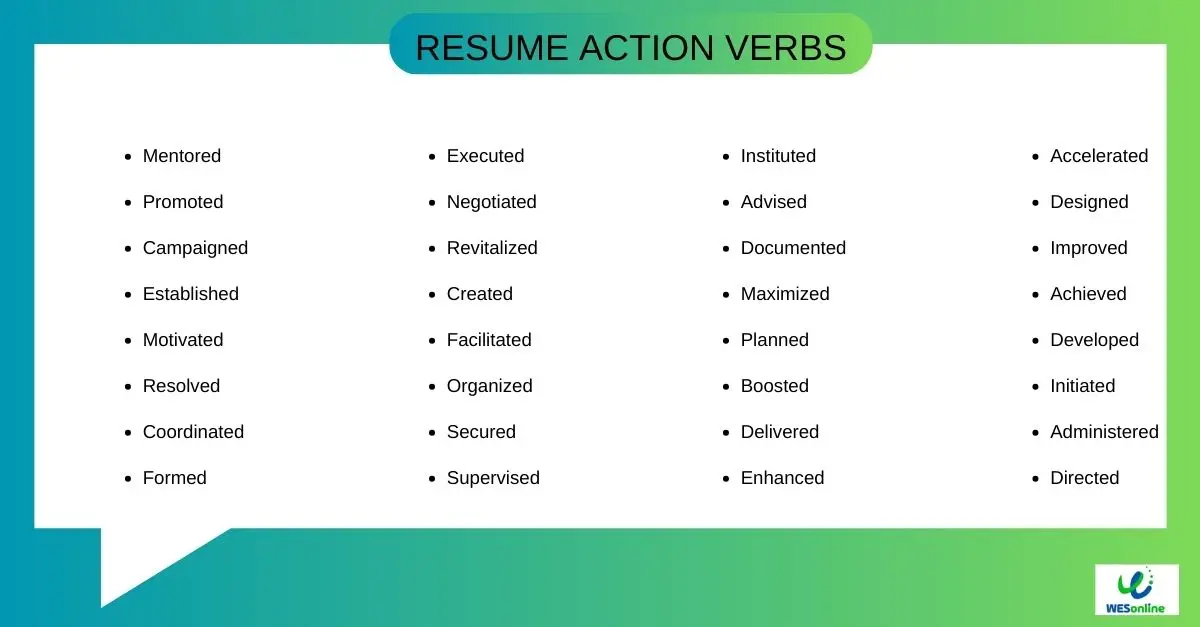
4. Highlight Your Skills (Soft & Hard) In Your Perfect Resume
This is where you prove you have what it takes! Create a section for both hard skills (technical abilities) and soft skills (teamwork, leadership, etc.). Many employers today value soft skills just as much as technical expertise, so don’t skip this part! If you’re unsure what to include, check the job description and match your skills accordingly.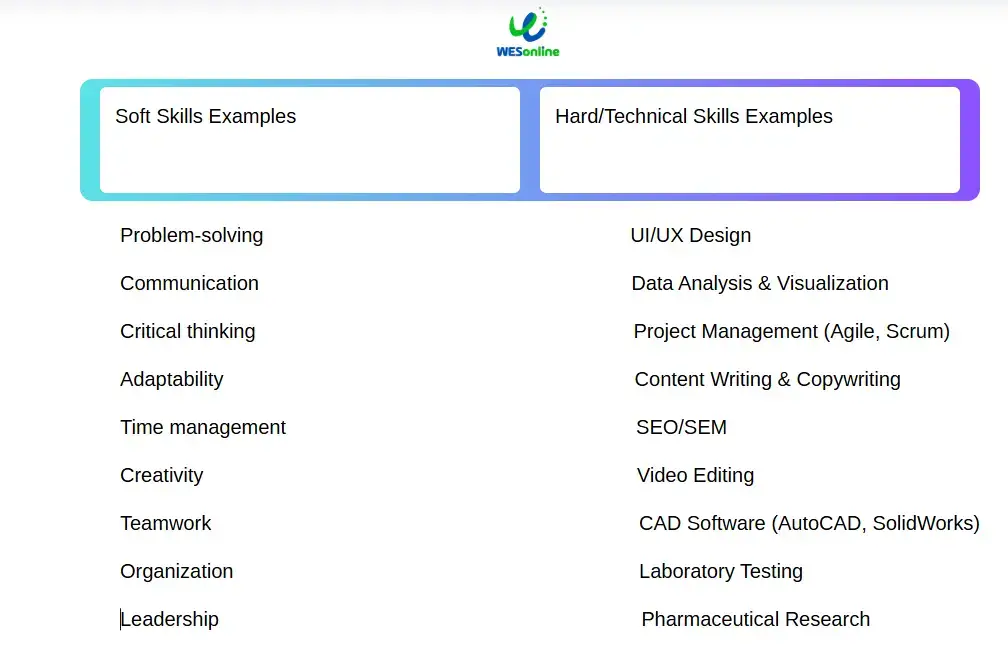
5. Add A Volunteer Section (If It Strengthens Your Resume)
If you have volunteer experience, language skills, publications, or professional affiliations, include them! These extras can help paint a fuller picture of your capabilities, especially if they’re relevant to the role you’re applying for.
6. Relevant Certifications (Optional)
Got an industry certification? Show it off! Certifications can set you apart, proving your expertise in a specific field. Whether it’s a Google Analytics certificate or a Project Management Professional (PMP) certification, it’s worth mentioning—especially if it’s relevant to the job.
Tailor Your Resume—Every Single Time
Here’s the golden rule: One-size-fits-all resumes don’t work. Customize your resume for each job by incorporating keywords from the job description and emphasizing the skills and experience that align with the role. This not only makes your resume more compelling but also helps it get past Applicant Tracking Systems (ATS).
Sample Resume: Adebisi Oluwatobiloba
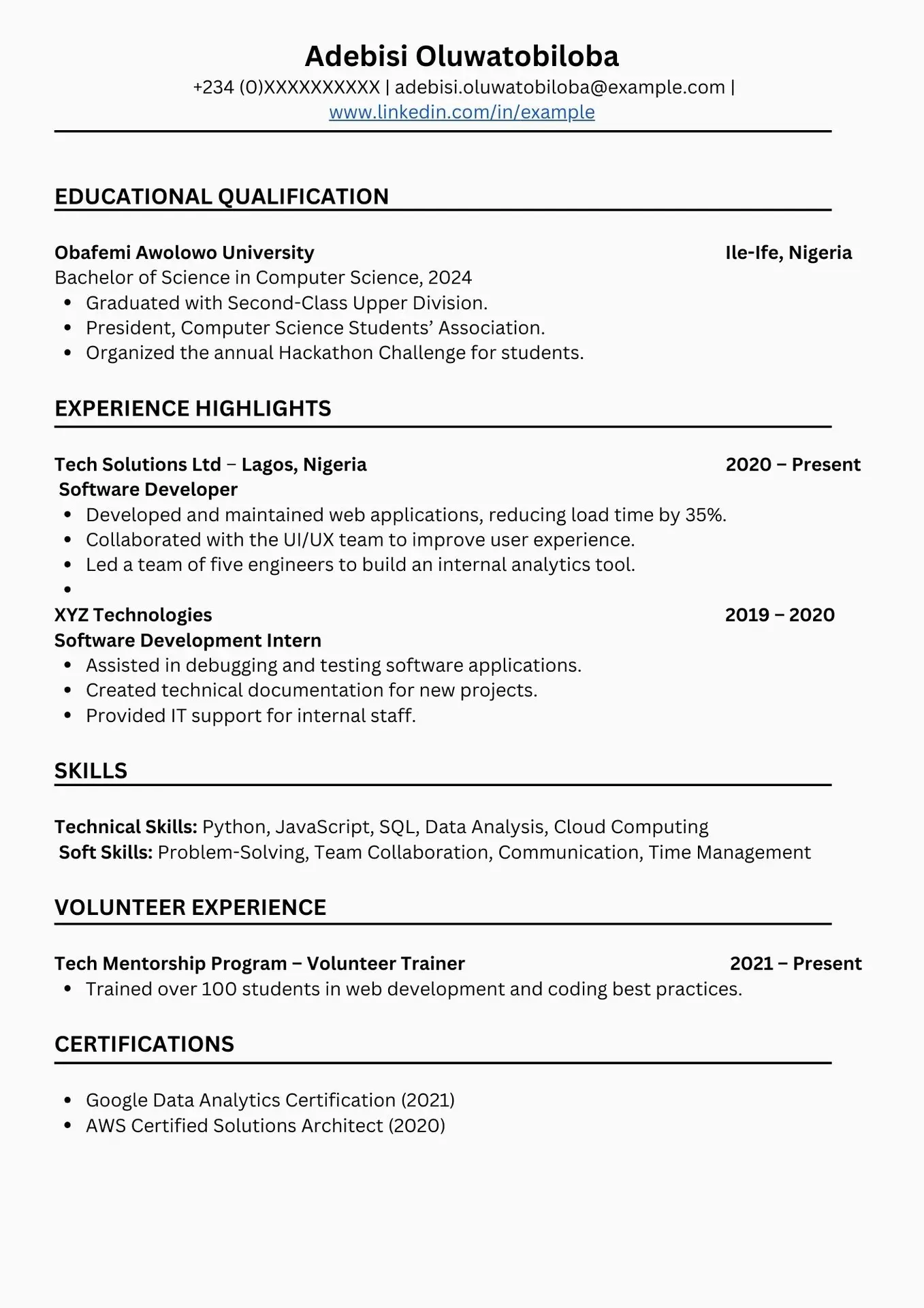
Final Thoughts
Building a resume doesn’t have to be overwhelming. If you follow these steps and tailor your resume for each application, you’ll have a much better shot at landing interviews. Want to go even further? Check out WESOnline’s Employability Skills Assessment to see how job-ready you really are and identify areas for improvement.
Your resume is your ticket to career success—so make it count!

